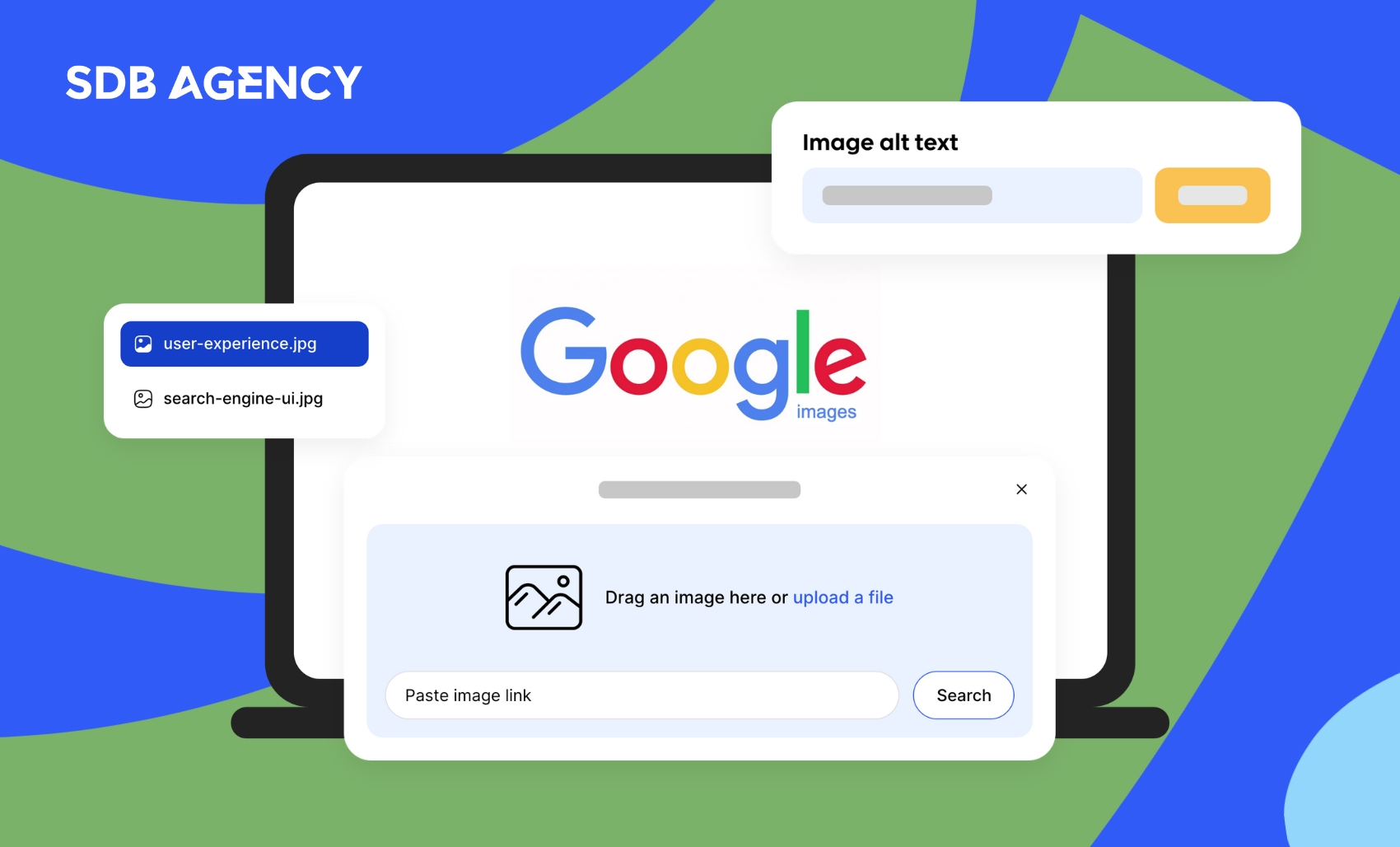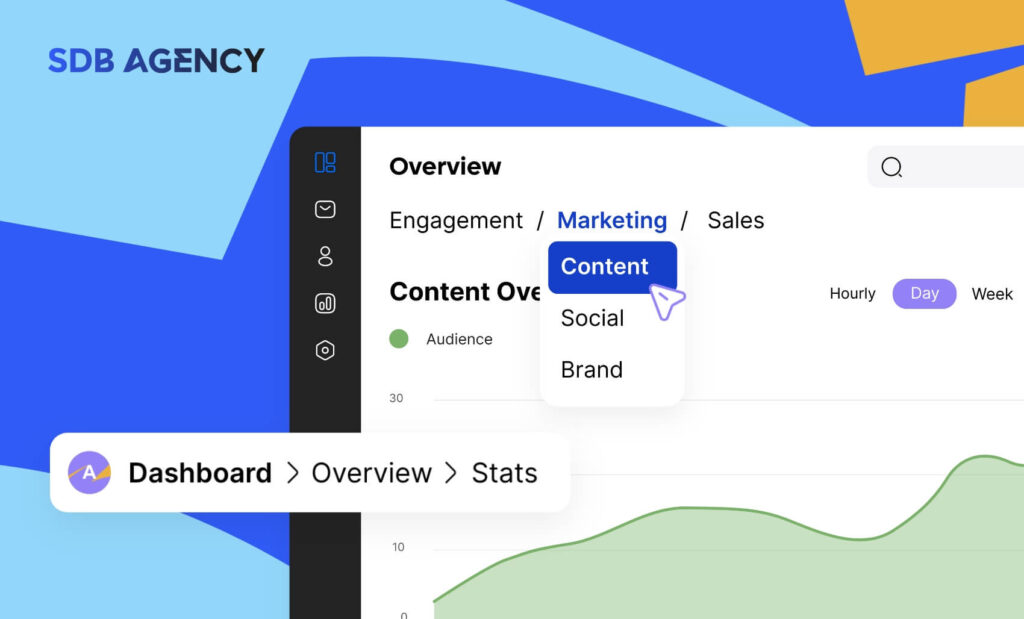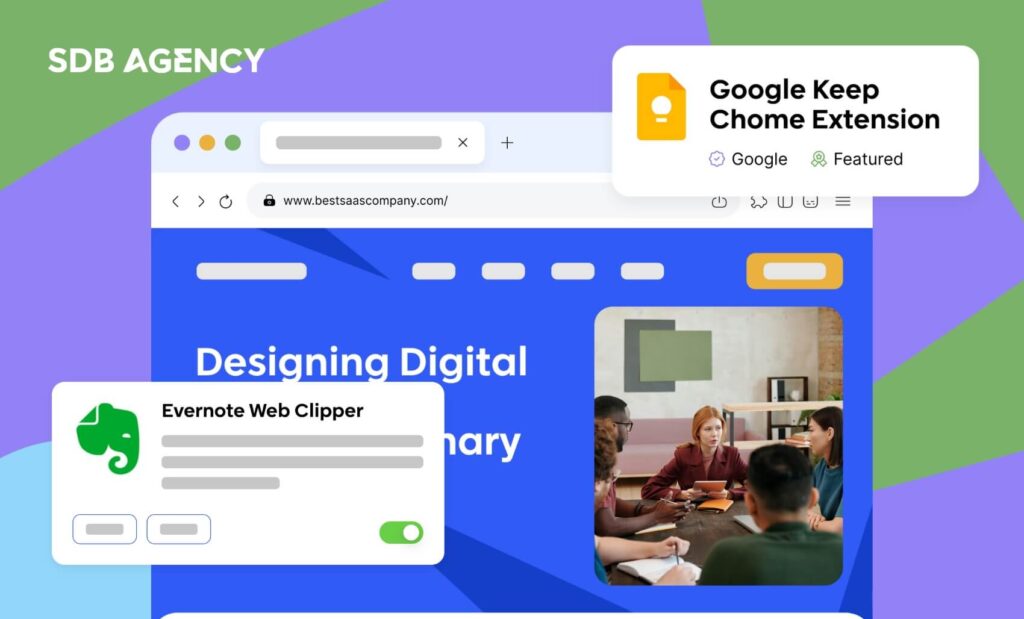Visual search engines: the role of AI and machine vision

A visual search is a search method where you can use an image, such as a photo or a sketch, to look for information on search engines like Google. For example, suppose you’ve come across an image of an animal you’re unfamiliar with. In that case, you can upload it to a visual search engine and find all the information about the animal, including its name and habitat.
How does visual search work?
Here’s how it works: a visual search engine first recognizes the image you’ve uploaded. It then compares this image with others in its database. Next, the engine shortlists the images, ranks them based on relevance, and displays them to you. It may also provide additional information, such as the names, locations, and prices of objects in the image.
During the process, visual search engines can use these techniques:
- Search by example: The visual search engine will look for images relevant to the source image, such as shape and color.
- Search by metadata: The visual search engine will find images with metadata relevant to the original image. This metadata includes everything from the image’s filename and alt text.
Today’s visual search advancements
Visual searches are conducted billions of times a month. As technology advances, how consumers use these search engines will continue to evolve. Due to advancements in artificial intelligence (AI) and machine learning, more and more users now incorporate more visual ways to get results on search engines.
Scientists have been teaching algorithms to decipher visuals since the 1970s. And over the years, the complexity of what computers can process has increased dramatically. Google, currently leading the pack, has revealed its ‘multi search functionality,’ which combines visual and text search capabilities through its Lens feature.
Alphabet’s CEO, Sundar Pichai, states that visual searches are conducted over eight billion times a month, and their use is growing. Based on research by Insider Intelligence, 30% of US adults aged 34 and younger used visual search for shopping as of August 2022, and around 12% of them used it daily.
The role of AI in visual search
Visual search involves multiple fields of AI. Therefore, a visual search engine can understand the context of an image and identify other relevant images, just like humans can.
These AI fields include:
- Computer vision: This helps search engines “see” and recognize images.
- Machine learning: The visual search engine will “learn” concepts by looking at sample images that contain these concepts. Doing this will help it identify whether other images contain (or don’t contain) these concepts.
For example, if you give a visual search engine a hundred different car pictures with different models and colors, the visual search engine will use computer vision to “see” the cars in these images, analyze them, and learn what a car looks like.
As a result, when you share a new car picture that isn’t in its database, it will correctly recognize the image as a car, even if it has never seen the picture before.
How AI and machine vision are powering search engines
The power of visual search allows users to screenshot an image, upload it to a search engine, and receive the results on where to purchase. This type of search is essential for seamless product discovery for the new generation of customers who are influenced to purchase through video reels on social media.
After all, people never intend to waste their time on a search engine; they usually want to find something, so we should consider their search valuable. The question is, how can AI help make that a better experience? How can we offer more personalization and the options that we haven’t considered yet?
AI and machine vision are powering search engines in different ways. AI helps to identify the best match for users’ needs using computer vision processing and text results.
Optimizing your images for visual search
Optimizing images for visual search can help your business rank better for specific search queries.
1. Create high-quality images
Visual search engines usually rank and understand high-quality images better. Here are the best practices:
- Make sure the objects in the images are in focus – Visual search engines may have trouble identifying blurry images.
- Ensure you photograph the object in a bright environment – Your chosen image should be bright enough for visual search engines to easily recognize the object.
- Focus on the main object of your images – Display the main object at the center of your image clearly.
2. Optimize image files
Keep your image file sizes small to help your pages load faster. This will also help you rank better than slower pages with equally relevant content. Here are ways to reduce images’ file sizes:
- Use appropriate format – For example, saving your image in JPG format may help reduce its file size tremendously without sacrificing quality.
- Use the right image dimensions – Images with larger dimensions usually have bigger file sizes. Create your images in their appropriate dimensions and avoid uploading overly large images.
- Compress images – Tools such as compressor.io can help reduce the size of your image file before you upload them to your website.
3. Use descriptive file names
Create short descriptions of your images and use them as their file names. Search engines may consider it when processing your image for ranking purposes. For example, if your image is the Eiffel Tower, the filename could be “Eiffel-tower.jpg.” Don’t use generic filenames such as “IMG_2150.jpg” and “image3.png.”
4. Alt image text
Alt text is a descriptive attribute added to website images to provide more information on the image’s content. Alt text only appears when an image doesn’t display or load properly. Visual search engines use alt text to understand the contents of an image better when ranking for search queries.
Your alt text should be descriptive, like its file name, but it’s usually much longer to describe the details. For example, the alt text for an image of a person taking SEO courses online could be: “A man taking an SEO course online at home.”
Summary
In conclusion, the integration of AI and machine vision in visual search engines marks a significant advancement in the digital landscape. By leveraging these technologies, any SaaS business can provide more personalized and efficient search experiences, meet the evolving needs of users, and maintain a competitive edge. As visual search continues to grow and evolve, those who adapt and innovate will undoubtedly lead the way in the next era of digital interaction.




